 Savannah is located in Hardin County, Tennessee. The county is divided nearly in half by the Tennessee River and is situated in Southwest Tennessee near the Alabama and Mississippi borders. The county is named for Colonel Joseph Hardin who was awarded a 3,000-acre land grant for his Revolutionary War services. The land was settled by six of Colonel Hardin's sons and others.
Savannah is located in Hardin County, Tennessee. The county is divided nearly in half by the Tennessee River and is situated in Southwest Tennessee near the Alabama and Mississippi borders. The county is named for Colonel Joseph Hardin who was awarded a 3,000-acre land grant for his Revolutionary War services. The land was settled by six of Colonel Hardin's sons and others.
James Rudd came to Hardin County in 1821, a year after it was organized, and settled on the east bank of the Tennessee River. He operated a ferry, called Rudd's Ferry. The county seat was moved to Rudd's Ferry, which had become an impressive river port. David Robinson bought the ferry, and nearby property, and named the town Savannah in 1827. By 1829, Savannah had 150 settlers.
In the 1830s and 1840s, Savannah hosted "The Savannah Male Academy" and "The Savannah Female College." Both were destroyed by fire. After the Civil War, Savannah experienced twenty years of hardship, brought on partially by a failing cotton industry. Between 1850 and 1880, the town's population only increased by 193.
Highway 64 was completed through Savannah in the late 1920s and the bridge over the Tennessee River, connecting the east and west halves of Hardin County, was completed in 1930. For the first time, residents could travel the county without a ferry.
Nearby attractions include Pickwick Lake and Dam, Shiloh National Military Park - the location of one of the biggest battles of the Civil War, and McNairy County - the home of Buford Pusser of "Walking Tall."
Savannah is the home of the "Cherry Mansion," the headquarters of General Grant during the Civil War Battle of Shiloh. It is said that he knew when the battle began because he was close enough to hear the cannons.
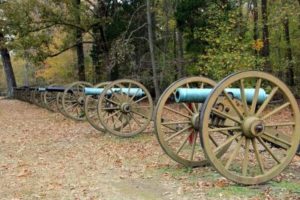
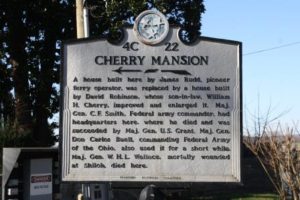
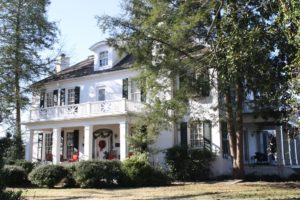
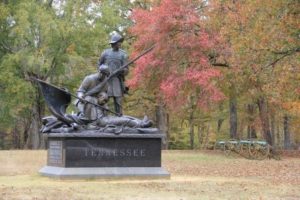
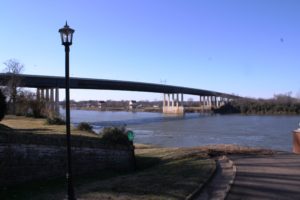

*Savannah Logo used with permission from the City of Savannah, Tennessee.
